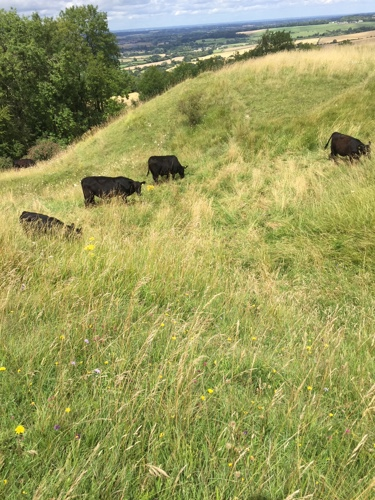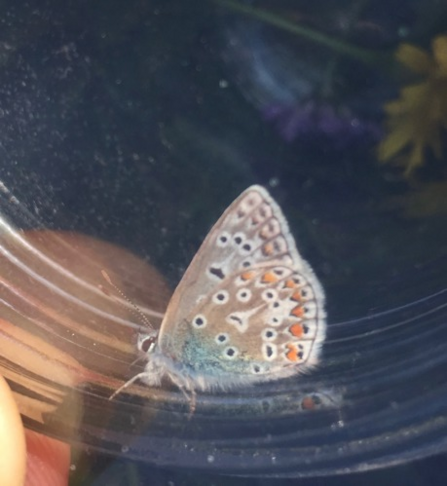Written by Young Ambassador Anna Cooper. Follow her on Instagram @naturewithanna
Morgan’s Hill Site of Special Scientific Interest (SSSI) is a beautifully diverse, chalk downland nature reserve in the North of Wiltshire. Due to the increasing dominance of agriculture across the British landscape, we have lost over 80% of chalk grasslands since the second world war. These are specialist environments; due to the wide diversity of both the flora and fauna they sustain.
Over the summer of 2020, for my BSc Biology dissertation at the University of Southampton, I chose to conduct fieldwork here. This is because it was close to my home and also somewhere I have enjoyed visiting since I was younger. The reserve is notable for a wide diversity of flora, including 11 species of orchid and the scarce Bastard Toadflax and Round-Headed Rampion. The reserve is also notable for its butterfly species, including the rare Duke of Burgundy, Marsh Fritillary, and the Narrow-Bordered Bee Hawk-Moth.
The aim of my project was to investigate changes in the diversity and abundance of both plants and insect pollinators at the Morgan’s Hill site overtime. For this I used historical record data from the Wiltshire and Swindon Biological Records Centre (WSBRC). Many of the records are from Beatrice Gillam – a local naturalist in the 20th Century. As many of us know, pollinators are experiencing a huge decline in their biodiversity and abundance, due to a variety of factors including intensive farming and the destruction of habitat.
I also wanted to research the ecological interactions between the wildflowers and pollinators, and to understand the effect of the intensity of conservation grazing on these factors.
During the summer, Dexter’s cattle are used for conservation grazing on Morgan’s Hill. Conservation grazing is a land management technique, which aims to restore and sustain a high variety of living organisms in grassland habitats. This is achieved by grazing animals on the land, who then selectively graze, based on their dietary preferences and plant availability.



